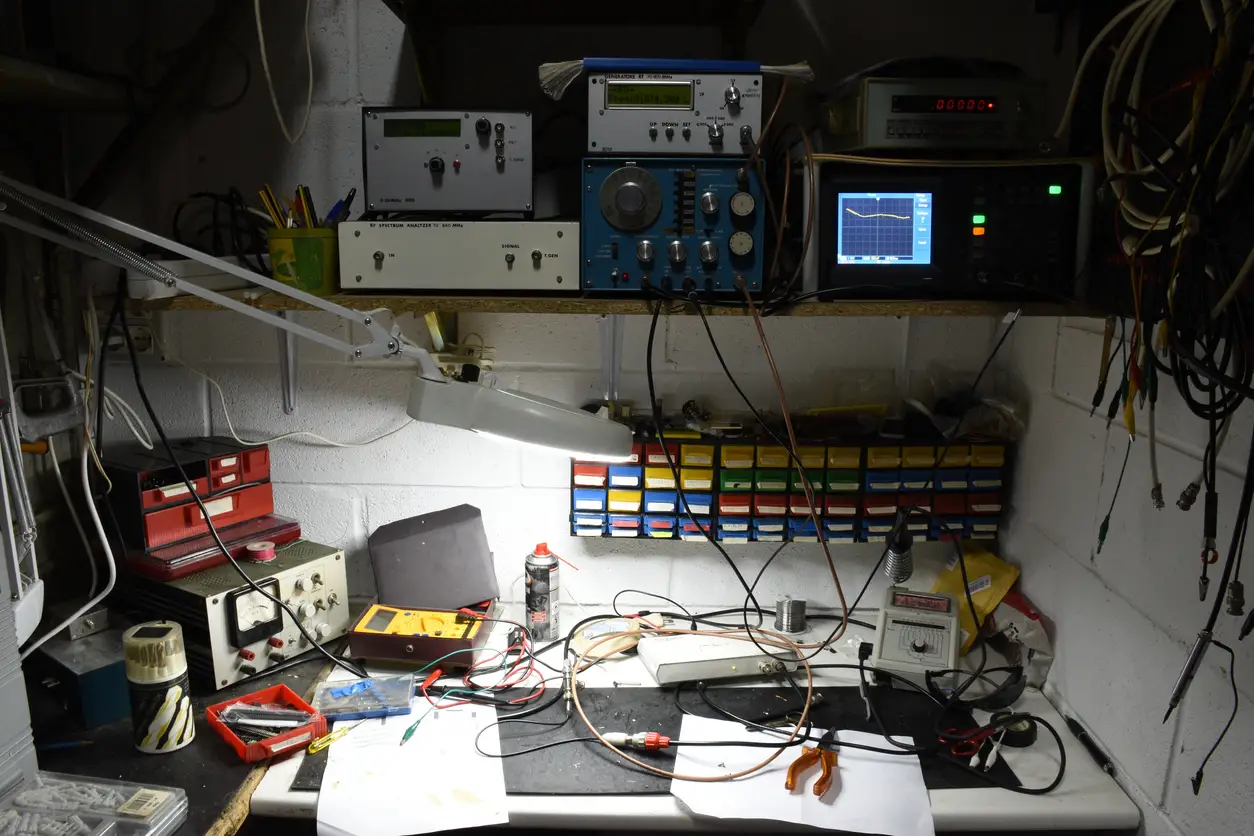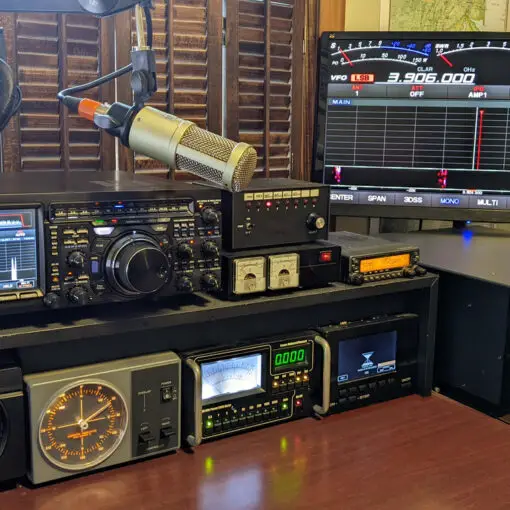Ham radio, also known as amateur radio, is a popular hobby that allows enthusiasts to communicate with others, experiment with electronics, and even provide assistance during times of need. For beginners, getting started in ham radio can be a bit overwhelming, especially when it comes to finding simple and engaging projects to build confidence and skills. Thankfully, there are various resources and projects available for beginners in the world of amateur radio.
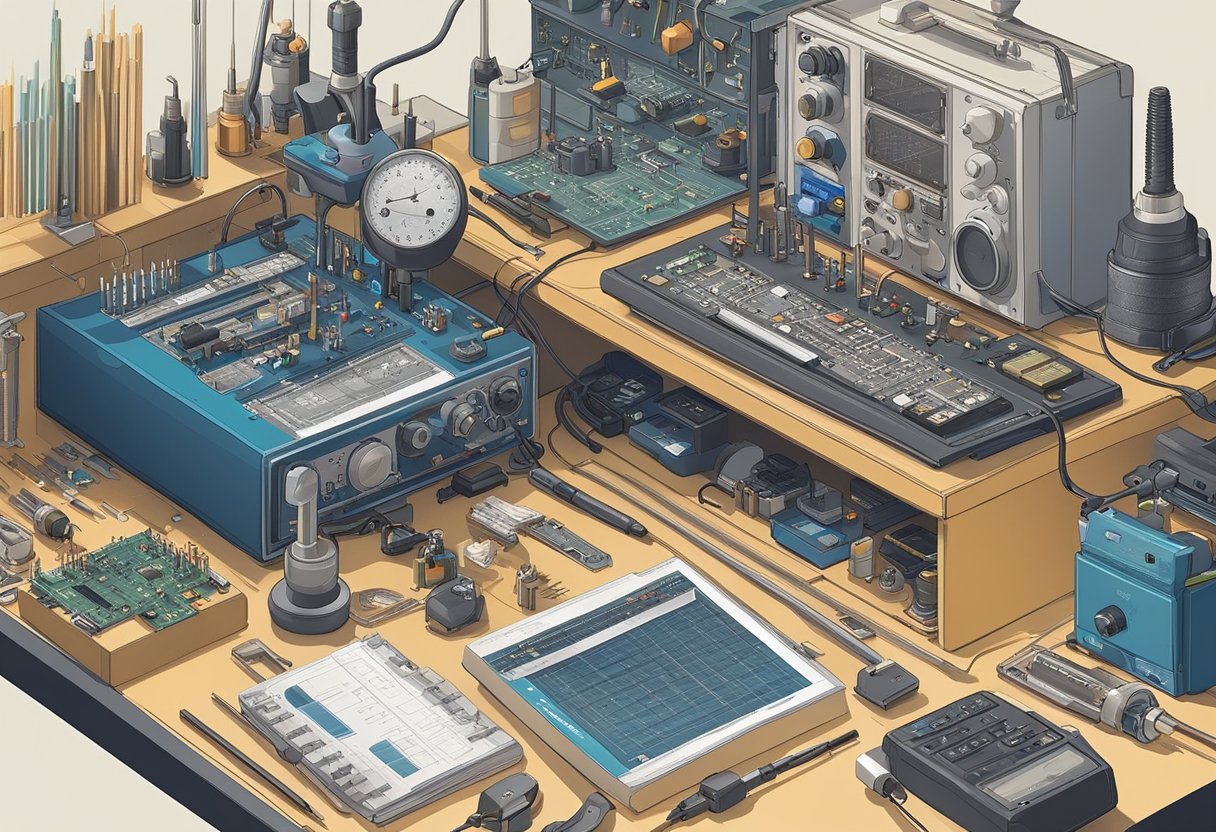

One of the most appealing aspects of ham radio for many enthusiasts is the opportunity to create custom equipment and accessories. From constructing antennas to building functional communication devices, beginners in the ham radio realm can find a range of projects tailored to teach fundamental electronics skills while also enabling them to enjoy their newfound hobby. Some great Arduino projects for ham radio enthusiasts can be found here, and Easy Building Projects for New Hams offers additional ideas.
Beginning with simpler projects, such as DIY antennas or simple transmitters, help newcomers become familiar with ham radio components and provide a hands-on learning experience. As skills improve, more advanced projects, operating procedures, and etiquette can be explored, eventually leading to a deeper understanding of the world of ham radio.
Key Takeaways
- Ham radio is a popular hobby that offers opportunities for experimentation and communication.
- Beginners can start with simple DIY projects to build skills and confidence in the realm of amateur radio.
- As experience grows, enthusiasts can explore advanced projects, operating procedures, and technical concepts.
Understanding Ham Radio
https://www.youtube.com/watch?v=ysOq6ywTSzU&embed=true
Ham radio, also known as amateur radio, is a popular hobby and a means of communication that allows enthusiasts to connect with others around the world using wireless technology. This form of communication covers different radio frequencies, including high frequency (HF) and very high frequency (VHF) bands.
To get started in ham radio, it is essential to understand the different aspects of this hobby. One critical aspect is DXing / HF Operation. DXing refers to the practice of establishing contact with other radio stations over long distances, especially on the HF bands. The HF bands range from 3 to 30 MHz, which are capable of reaching thousands of miles due to the propagation characteristics of these frequencies.
Another aspect of ham radio is the VHF and UHF bands. VHF operates between 30 MHz and 300 MHz, while UHF operates between 300 MHz and 3 GHz. These bands are suitable for shorter distances and local communication. Some popular activities in VHF and UHF range include participating in local nets, emergency communications, and even satellite communication.
Here are some aspects of ham radio communication:
- DXing / HF Operation
- VHF / UHF and microwaves
- Data communication
- Emergency situations
When delving into ham radio, enthusiasts often join various data communication modes, which allow them to send digital messages, images, or even browse the internet via radio waves. Some popular data communication methods include PSK31, FT8, and Winlink.
Ham radio also plays a vital role in emergency situations. In times of natural disasters or communication infrastructure failures, amateur radio operators can provide crucial communication and support. This capability has earned the amateur radio community recognition from organizations such as FEMA and the American Red Cross.
In conclusion, ham radio is a diverse and exciting hobby that offers different modes of communication, social interaction, and even life-saving capabilities during emergencies. By understanding the various aspects and possibilities of amateur radio, beginners can embark on a rewarding and fulfilling journey in this unique form of communication.
Getting Started with Ham Radio
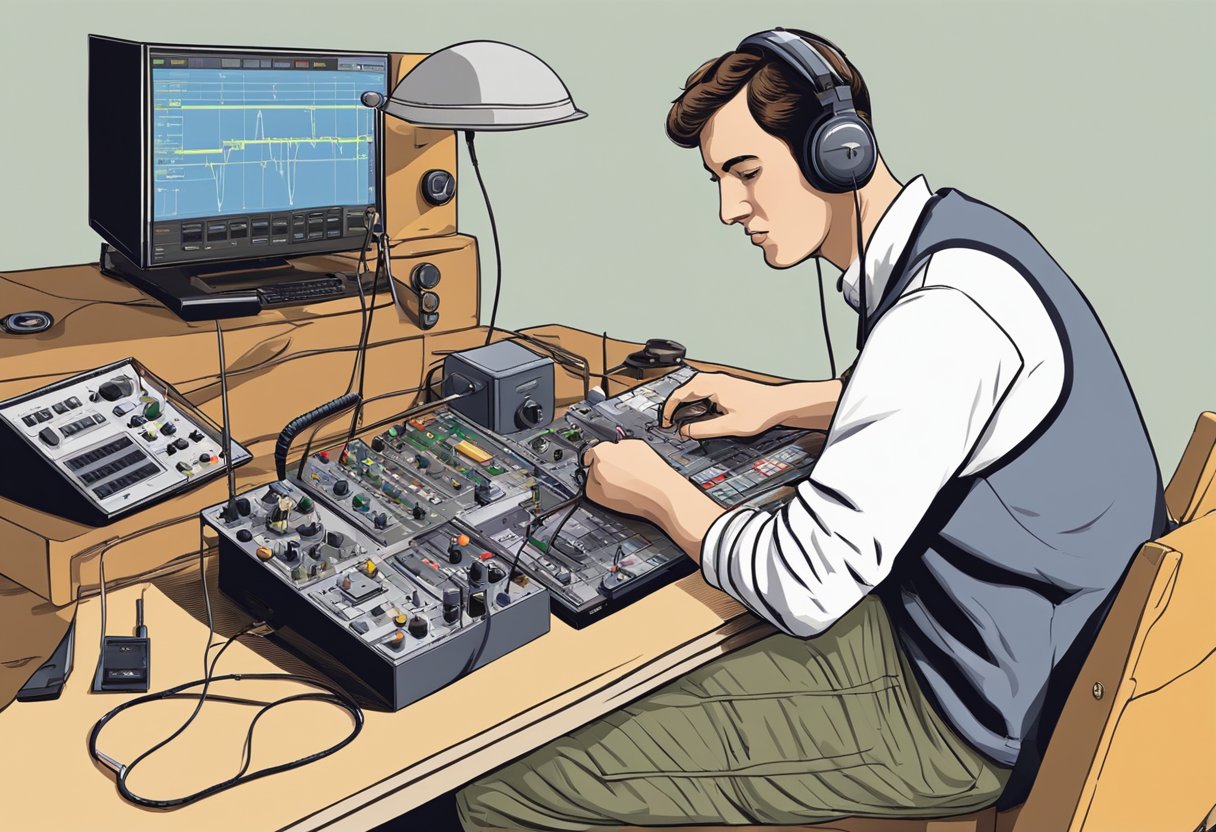

Choosing Your First Transceiver
Selecting the right transceiver for a beginner in ham radio is crucial. There are different types of transceivers available on the market, with features and prices that can vary significantly. To keep it simple, choose a basic yet functional model to start with, such as a handheld transceiver or a desktop transceiver. These models often cost between $100 to $2,000, depending on their specifications and features.
Understanding Antennas
Antennas play a critical role in the transmission and reception of radio signals. There are several types of antennas to choose from, such as:
- Vertical antennas: Ideal for use with VHF and UHF frequencies, these antennas are easy to install and require minimal space.
- Horizontal antennas: Suitable for use with HF frequencies, they provide better signal reception and transmission over long distances.
- Directional antennas: These antennas focus on a specific direction, allowing for more focused communication.
Understanding the purpose of each antenna type, the required amateur radio spectrum, and the kind of communication you wish to have will help you select the right antenna for your needs.
Setting Up Your Ham Radio
Once you have chosen your transceiver and antenna, it’s time to set up your ham radio station. Here’s a simplified step-by-step process to follow:
- Assemble the transceiver: If required, use a screwdriver, soldering iron, diagonal cutters, and needle-nosed pliers to put together your transceiver.
- Install the antenna: Mount the chosen antenna following the manufacturer’s guidelines, keeping it as high as possible for better signal reception.
- Connect the cables: Attach the coaxial cable to your transceiver and antenna, as well as any other required cables.
- Power your station: Ham radios require a stable and reliable power source, such as a power supply, battery, or generator.
- Tune and test: Turn on your transceiver and follow the user manual instructions to tune into the desired frequency. Experiment with some nearby stations to test your setup and ensure proper functionality.
Now that your ham radio setup is complete, dive into the world of amateur radio and explore its various aspects, such as DXing, UHF, and data communication. Enjoy making new radio connections while sharpening your skills in radio communication and emergency preparedness.
DIY Ham Radio Projects
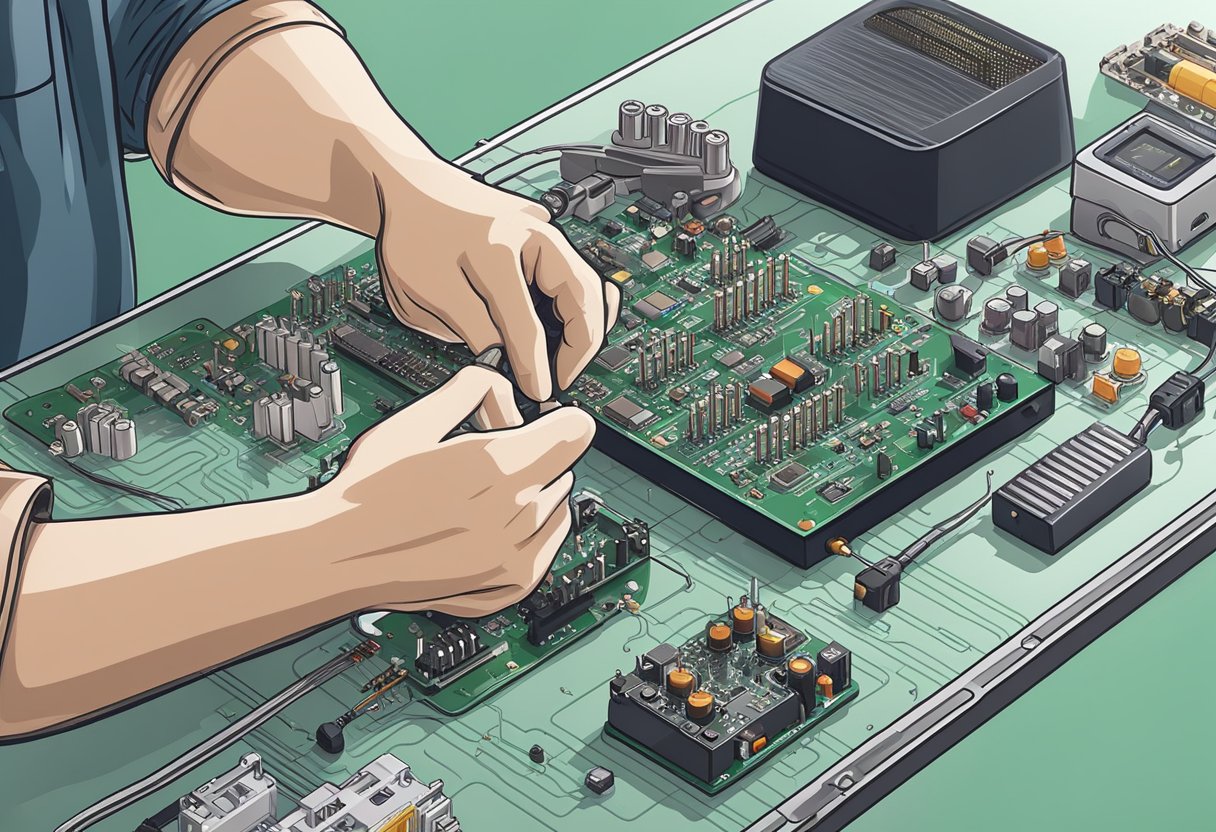

Antenna Construction
Building your own ham radio antenna can be an exciting and rewarding experience, especially for beginners. Creating a Two Meter Antenna from scratch is a fun and relatively simple project that can be completed in just a few hours. Some popular DIY antenna designs for entry-level hams include the half-wave dipole, vertical antennas, and directional Yagi antennas. By constructing your own antenna, you’ll learn about radio wave propagation, polarization, and tuning. Additionally, custom antennas can offer better performance and coverage compared to store-bought models.
Raspberry Pi Projects
Ham radio projects that involve Raspberry Pi are excellent for beginners to explore. Raspberry Pi is a low-cost, versatile, and easily programmable microcomputer that is ideal for many applications related to ham radio. Potential projects include setting up an Automatic Packet Reporting System (APRS), configuring a digital voice hotspot, or even designing a simple radio receiver. Building your own station with Raspberry Pi allows you to understand software-defined radio principles and helps to expand your knowledge of digital communication modes.
Arduino Projects
Arduino is another accessible platform for beginners interested in experimenting with DIY ham radio projects. Arduino microcontrollers are well-suited for developing and integrating customized electronics with your ham radio equipment, such as automated antenna tuners or morse code decoders. Hams of all skill levels can benefit from learning about Arduino programming, as it can be used to create an impressive range of devices to enhance your ham radio experience. By incorporating Arduino into your projects, you’ll gain skills in computer programming, circuit design, and signal processing, which is invaluable for any radio amateur.
Operating Procedures and Etiquette
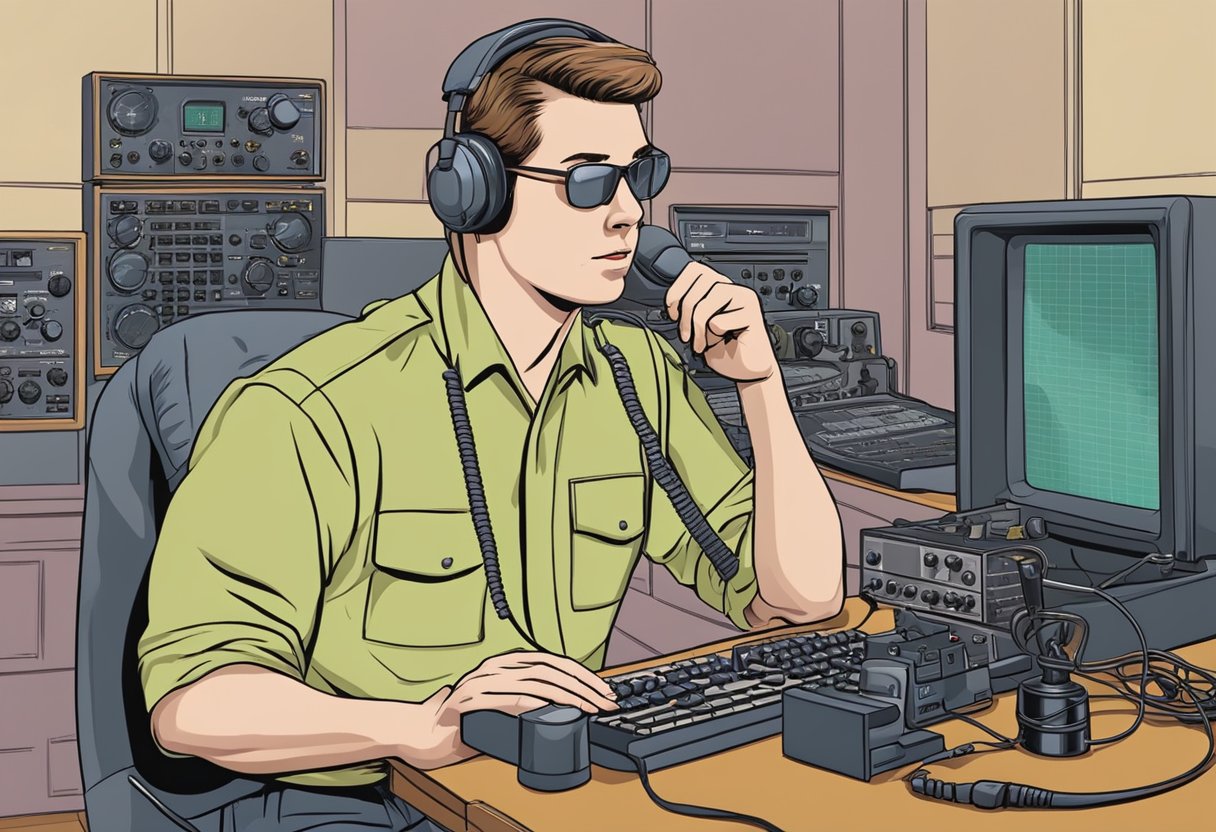

When starting with ham radio projects, it’s essential to understand the fundamental operating procedures and etiquette to ensure smooth and efficient communication. As a beginner, familiarizing oneself with these guidelines will help avoid common mistakes, improve interactions with fellow radio operators, and enhance overall operating skills.
Before transmitting on the airwaves, spending time listening is crucial. It allows beginners to not only understand the correct way but also helps in observing moral codes followed by other amateur radio operators. A key component of ham radio communication is the use of call signs and Q-Codes. Call signs provide user identification, while Q-Codes are standardized abbreviations that convey specific messages with ease. For instance, QSO, which means a conversation with another station. Refer to this Radio Society of Great Britain page for more insights on operating procedures and etiquette.
When engaging in communication, Morse code is an integral aspect of ham radio operations, especially in CW (Continuous Wave) mode. Mastering Morse code is not just a tradition but also an efficient and reliable method of communication, regardless of any language barriers. Here are some essential points to keep in mind while using Morse code:
- Maintain a steady and even pace when transmitting to ensure that your message can be accurately deciphered.
- Keep enough space between letters and words for clarity.
- Double-check your transmitted message for any errors before proceeding further.
When engaging in a QSO, ensure that the communication is courteous and follows proper etiquette. Use respectful language during conversation, acknowledge other operators, and avoid interrupting ongoing discussions. Avoid using jargons or localized slangs; instead, stick to a universally understood vocabulary. The Best Practices for Ham Radio Operating Procedures offers more guidance on respectful radio communication.
To ensure a smooth experience for everyone on the airwaves, it is crucial to participate in nets and traffic. Nets are organized gatherings of amateur radio operators centered on specific topics or activities, while traffic refers to the exchange of messages between stations.
When participating in nets, remember to:
- Adhere to the net’s specific rules and regulations.
- Take turns to transmit, allowing others space to communicate as well.
- Address any questions or comments to the net control station.
In summary, understanding and following the operating procedures and etiquette in ham radio projects will result in better communication, more pleasant interactions, and a more enriching experience for all involved parties. The process of learning and improving these skills is continuous and requires patience, but it is well worth the effort for a successful amateur radio journey.
Exploring Further Ham Radio Concepts
Mobile Ham Radio
Mobile ham radio refers to the use of portable and vehicle-mounted amateur radio stations, allowing hobbyists to communicate on-the-go. These radios can provide a range of features, including voice and data transmission, depending on the model and equipment available. Mobile ham radio can be an essential tool for emergency situations, as well as a versatile and enjoyable way to explore the world of amateur radio.
One popular option for beginners is the Baofeng UV-5R, which offers an affordable and accessible entry point into mobile ham radio operations. This radio comes with various features, such as:
- VHF/UHF capabilities: Transmit and receive on VHF (Very High Frequency) and UHF (Ultra High Frequency) bands.
- Dual band operation: Switch between different frequency bands with ease.
- Built-in flashlight and FM radio: Useful additional tools for emergency situations or everyday use.
Security in Ham Radio Communication
Security is a crucial consideration in any form of communication, and ham radio is no exception. It’s essential to follow established safety protocols and ethical guidelines when operating amateur radio equipment. One key element of ham radio security is safeguarding against unauthorized access to your equipment or transmissions.
To provide a secure ham radio experience, consider:
- Using encryption: Several digital modes, such as D-STAR and DMR, offer encryption options to protect your conversations from eavesdropping. However, it’s important to note that encrypting messages could be against regulatory guidelines in some jurisdictions, so check local regulations before implementing encryption.
- Being cautious with information sharing: Avoid sharing sensitive personal details, such as your home address, phone number, or other private information over the airwaves. Stick to using your call sign and other general information when communicating with other ham radio operators.
In conclusion, diving deeper into mobile ham radio and ensuring security in your ham radio communications can enhance your overall experience as a beginner. With the right equipment and knowledge, you’ll be well on your way to enjoying this captivating hobby.
Continual Learning and Improvement
Embarking on the journey of ham radio activities as a beginner is an exciting and enriching experience. The process encourages continuous learning, and as skills develop, enthusiasts find new ways to expand on their radio projects. An important aspect to bear in mind is the never-ending quest for improvement and growth. The ham radio world is vast, and no matter how much one learns, there is always more to discover.
To ensure consistent progress, it is crucial for beginners to update their knowledge base continually. This can be achieved by keeping up with the latest trends, technologies, and developments within the amateur radio community. One of the effective ways to stay informed is by visiting websites like ARRL and Ham Radio Planet, which offer abundant resources and guides for various levels of expertise.
Aside from developing technical know-how, beginners should strive to gain experience by undertaking various hands-on projects. There is a vast array of potential ham radio projects, such as building antennas, receivers, or transceivers, which cater to different skill levels. Websites like Electronics Project Design and On All Bands provide project ideas tailored for newcomers in the field. Here is a list of potential projects for beginners:
- Code practice oscillator with a 555 timer
- Simple two-meter antenna
- DIY receiver or transceiver
Practicing with these projects not only builds experience but also fosters a deeper understanding of how various components work together. This hands-on learning will eventually enable enthusiasts to tackle more complex endeavors.
In conclusion, a beginner’s journey in the ham radio realm is marked by the enthusiasm for continual learning and improvement. Staying updated with the latest information and gaining practical experience through projects will pave the way for a fulfilling and engaging adventure in the world of amateur radio.
Conclusion
Incorporating passion and creativity into ham radio projects can make the experience more enjoyable and rewarding for beginners. As they explore the world of amateur radio, various Arduino Projects can serve as a starting point to develop their skills and knowledge.
To dive deeper into these projects, it is essential to familiarize oneself with the fundamentals. Resources such as the Beginner’s Handbook of Amateur Radio can provide foundational knowledge required to start building ham radio projects.
Some popular ham radio projects include:
- Antenna tuners
- Amplifiers
- Morse code keyers
- Frequency counters
- Automatic position reporting systems (APRS)
Beginners should start with simpler projects to build confidence in their abilities. Tracking progress and sharing experiences with the ham radio community can also contribute to the growth of their skills.
By exploring the wide range of available resources and engaging in hands-on projects, beginners can nurture their passion for ham radio while fostering their creativity. As they progress, they might even inspire other beginners to embark on their own journey into the world of amateur radio.
Frequently Asked Questions
What are some simple Ham radio circuit projects?
Building a simple antenna tuner or a basic crystal radio receiver can be a good starting point for beginners. These projects do not require advanced skills and can provide a solid foundation for understanding essential Ham radio concepts.
Which Arduino projects are suitable for Ham radio beginners?
Arduino is a versatile platform that can be used in various Ham radio projects. For beginners, consider creating an Arduino-based Morse code generator, an automatic antenna tuner, or a simple digital signal processing (DSP) module. These projects can help you learn both Arduino programming and the basic principles of amateur radio.
How to build a basic signal generator for Ham radio?
A basic signal generator can be constructed using simple components such as resistors, capacitors, and a crystal oscillator. This device generates a selectable range of frequencies, which can be used in testing and tuning Ham radio equipment. For a more detailed explanation and a step-by-step guide, visit this tutorial.
What are some common M5Stack Ham radio projects?
M5Stack is a modular development platform that can be used for various Ham radio projects. Beginners can start by building a basic FM radio receiver, a simple automatic packet reporting system (APRS) tracker, or an M5Stack-based digital mode communicator. These projects can provide an introduction to the features of M5Stack and the world of Ham radio.
Are there any beginner-friendly Ham radio club projects?
Ham radio clubs often organize group projects, which are ideal for beginners to learn from experienced operators. Some examples include constructing portable antennas, building simple transceivers, or participating in communications exercises. Joining a local Ham radio club can provide valuable resources and support to beginners in the hobby.
What are some easy-to-build CB radio projects?
Building simple CB radio projects can help beginners familiarize themselves with radio communications. Examples include constructing a basic CB radio antenna, a simple frequency counter, or a basic pre-amplifier circuit. Exploring these fundamental projects can serve as a stepping stone towards more advanced amateur radio endeavors.

